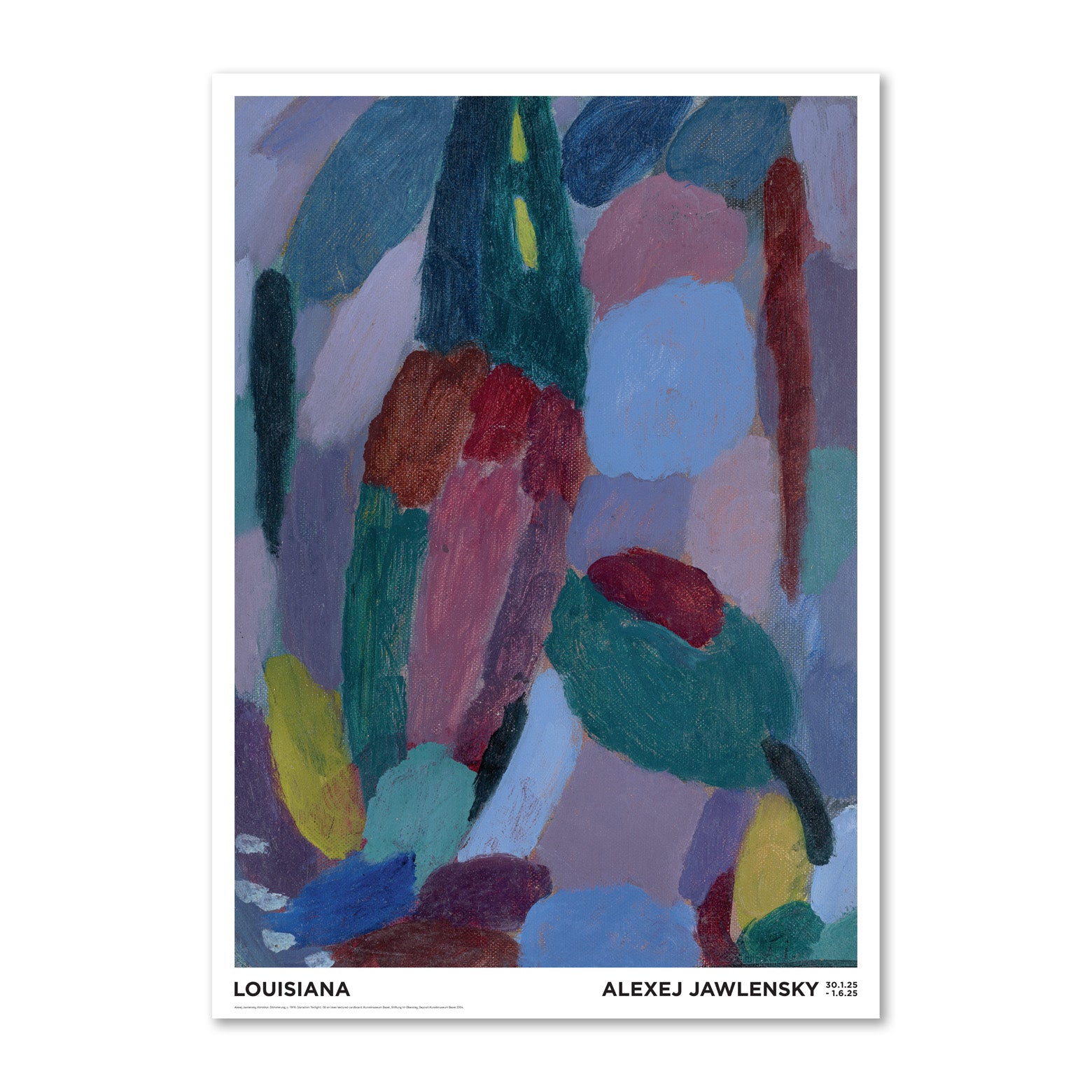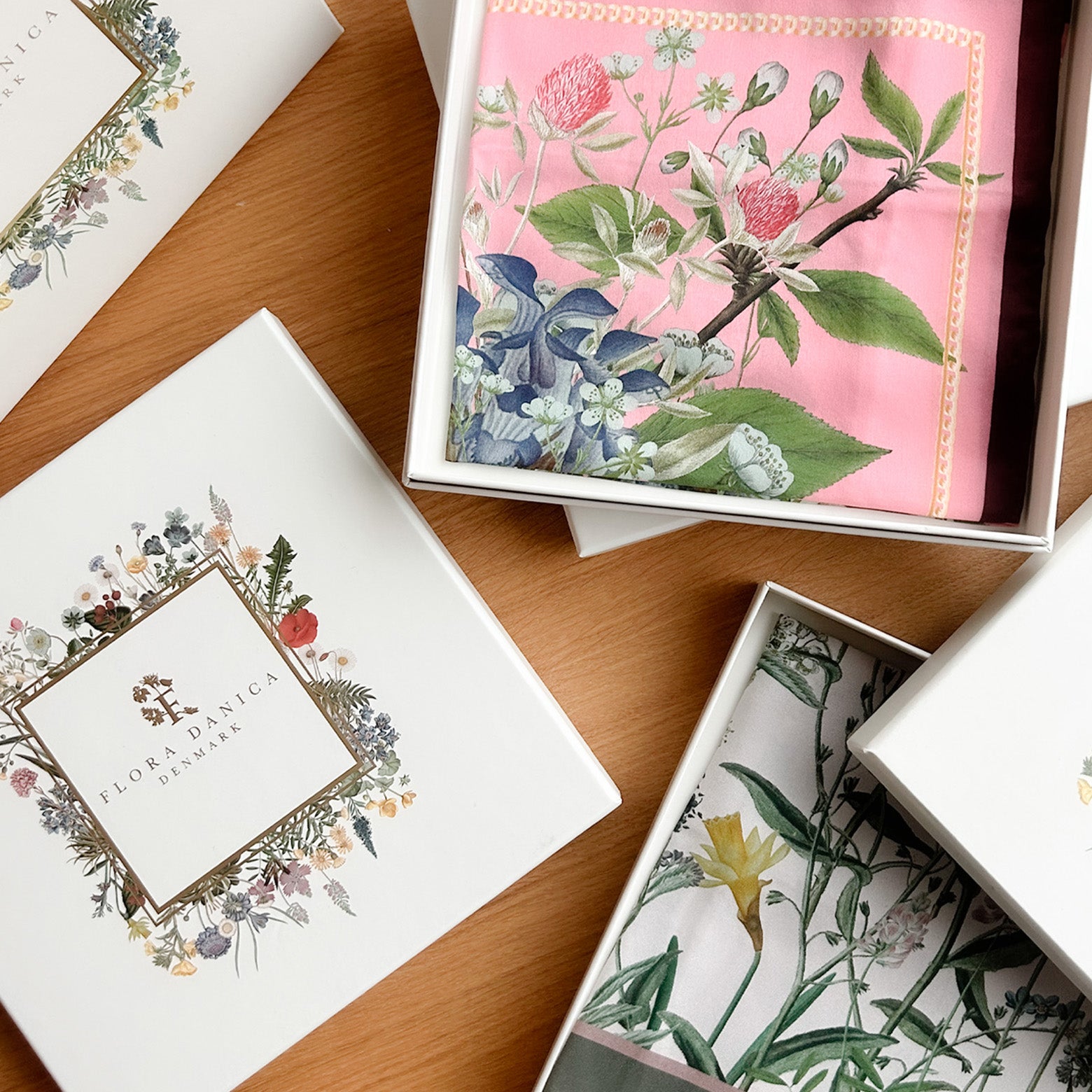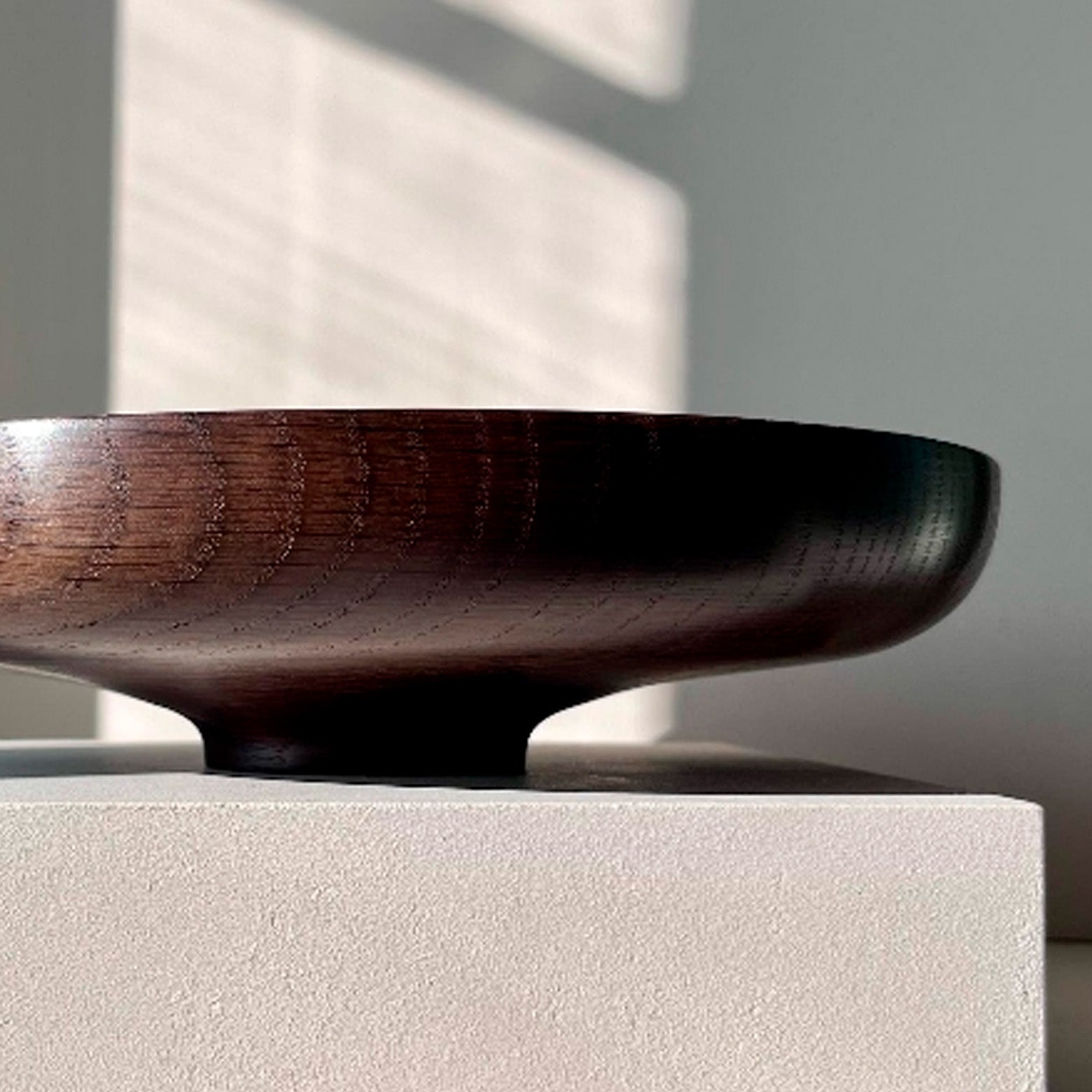
Variation: Dämmerung c. 1916. Deposit Art Museum Basel 2004
Choose options

Postcard with the work Variation: Dämmerung c. 1916. by the painter Alexej Jawlensky, published in connection with the Louisiana exhibition in 2025. The exhibition's second chapter took its point of departure in Switzerland, where he, as a Russian, was forced to move into exile after the outbreak of the First World War. These images are called variations and represent the beginning of Jawlensky’s interest in serial images, in the repetition of the motif. The more he painted, the more his works seemed to lose their connection to the “seen”, to the outside world. The image’s own logic took over and became the governing factor.
Alexej Jawlensky was born into a family of officers in Russia in 1864, and initially chose a military career, which he abandoned in favor of art. In 1889 he began studying at the Academy of Fine Arts in St. Petersburg, where he met the painter Marianne von Werefkin, who became his partner and supporter for many years. Together the couple moved to Munich, where Jawlensky attended a private painting school with, among others, Wassily Kandinsky.

Materials & Measurements

